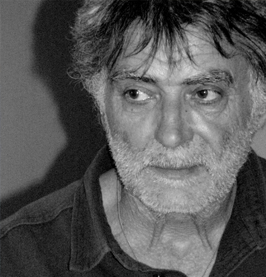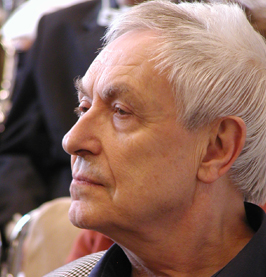History
Water or ‘hydrotherapy’ has been used in the form of hot springs and warm baths for centuries in an effort to heal the body and relax the mind. The earliest recorded water birth came from France in 1803, when a woman, exhausted after a 48 hour labour, climbed into a warm bath to relax, giving birth to her child into the water shortly afterwards. There are stories of Panamanian women giving birth in water and also legends from Native Americans in America and as far away as the Pacific islands including New Zealand, Australia, Japan, Guyana and Mongolia.
In the 1970s, a Russian Researcher, Igor Tjarkovsky, experimented with water and birth, as well as training newborn infants to swim in water in their early years of life. He believed that birth into water alleviated the crush of gravity on the brain cells at the moment of birth, thereby enhancing the baby’s psychic abilities. He began promoting Water Birth in Soviet Russia.
In 1983, Dr Michel Odent, a French Obstetrician from Paris, introduced this concept in Pithiviers Hospital in France where he created rooms with a homelike environment, minimal intervention and baths to help with relaxation and pain relief. It was not his intention to deliver babies into the water, however the inevitable soon happened, when a woman refused to get out of the bath at the time of birth. He did not interfere, and discovered first hand an alterative method of achieving a natural birth.
In the 1990s waterbirth was seen as more mainstream and its popularity grew in Australia, the UK, Europe and America.
Water Births was officially accepted in the UK in 1993, when the Changing Childbirth report was published (Department of Health 1993). This publication suggested that birthing pools and using water as a medium for childbirth should be available to all women delivering in the UK. The first international conference on Water Birth was held in London in 1995.

Igor Tjarkovsky


